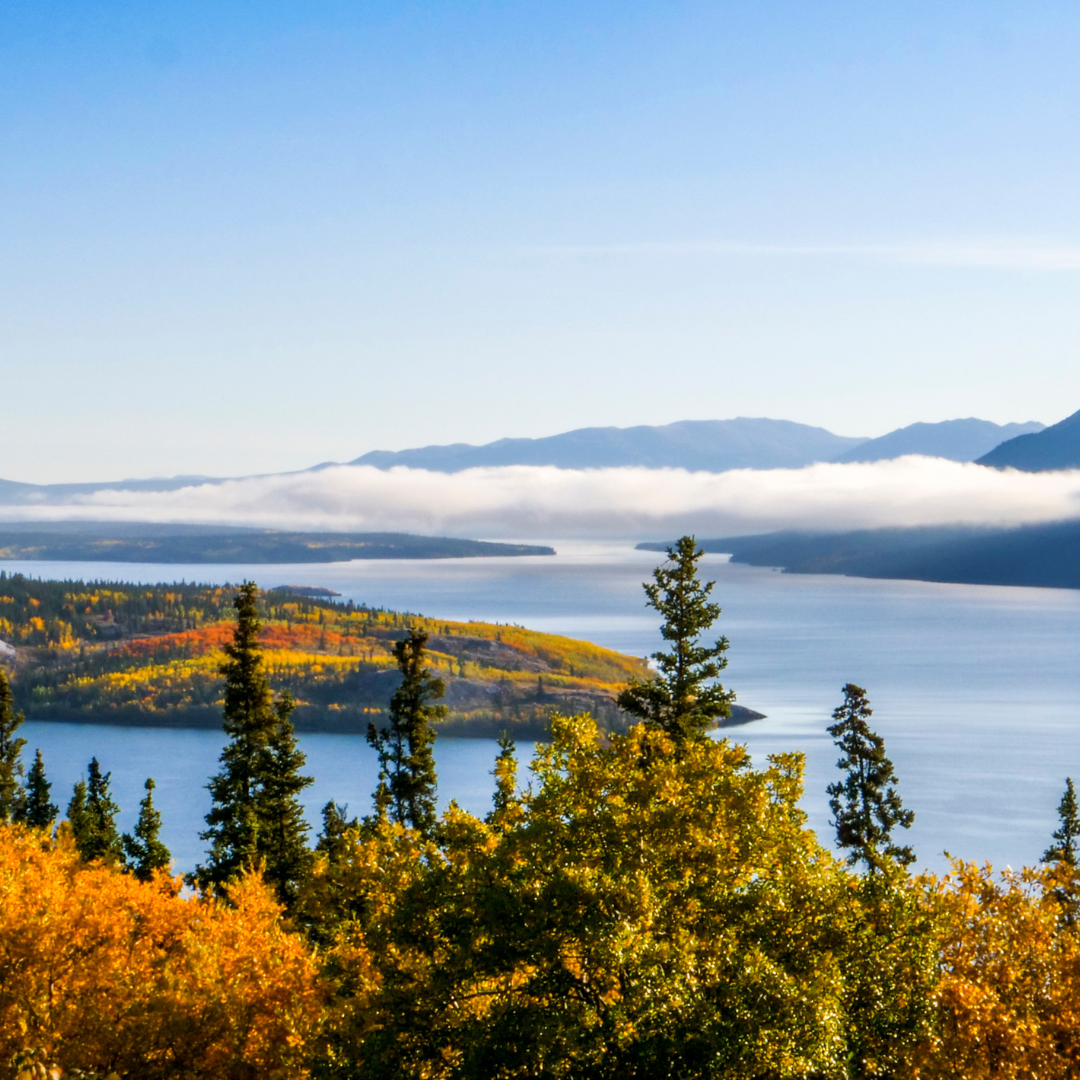Northern Lights Sailing: Anchoring in Yukon and Northwest Territories for Nature’s Greatest Show

Sailing under the celestial symphony of the Aurora Borealis is nothing short of mystical. The Northern Lights, with their ethereal dance of colors, have fascinated and inspired generations. Combining this wonder with the raw beauty of Canada’s Yukon and Northwest Territories offers an unparalleled maritime adventure. This article seeks to be your compass, guiding you through pristine wilderness, and towards nature’s most magnificent spectacle.
Aurora Borealis: The Magic of the Northern Lights
The Aurora Borealis, or Northern Lights, is one of nature’s most awe-inspiring phenomena. Originating from charged particles from the sun colliding with the Earth’s atmosphere, this light display paints the polar skies in vivid hues of green, pink, purple, and blue. But it’s not just a visual marvel; the lights often move in dynamic waves, curtains, or spirals, making the sky appear as if it’s dancing. Ancient civilizations attributed this magical display to gods, spirits, or ancestors communicating from the beyond. Today, while we understand the scientific explanation, the magic remains undiminished.
Pristine Wilderness: Navigating Yukon’s Rivers and Lakes
Yukon’s waterways are a testament to nature’s untouched splendor. From the mighty Yukon River, which has carved its path through rugged landscapes and dense forests, to the serene expanses of Lake Laberge, these waters offer a unique sailing experience. As you navigate, expect to encounter a diverse ecosystem—grizzlies on the banks, eagles soaring above, and salmon navigating the depths. With minimal human intervention and light pollution, the Yukon’s waterways provide one of the best backdrops for the Northern Lights, merging the shimmer of the waters with the glow of the skies.
Northwest Territories: Dark Skies and Natural Splendor
Sailing further east, the Northwest Territories beckon with their vast lakes, meandering rivers, and dark skies. This region boasts some of the largest and most pristine bodies of water in North America, like the Great Slave Lake. The territorial parks, such as Nahanni National Park Reserve and Wood Buffalo National Park, offer anchorages where sailors can moor and gaze up at the starlit skies. With long, clear nights, this region promises one of the highest probabilities of spotting the Aurora Borealis.
Timing the Spectacle: Best Seasons for Aurora Viewing
While the Northern Lights occur year-round, the best time to witness this marvel is during the darker months, from late autumn to early spring. August to April offers optimal darkness in the Yukon and Northwest Territories. Winter, with its long nights and clear skies, is particularly favorable. However, sailors should balance the desire to witness the lights with the challenges that winter navigation might present, such as ice-covered waterways.
Winter Sailing: Preparations and Considerations
Venturing into the icy waters of the North requires meticulous preparation. Ensure that your vessel is equipped to handle icy conditions, with reinforced hulls and appropriate heating systems. Navigational equipment should be top-notch, with updated maps detailing potential ice blockages. Crew members should be equipped with thermal wear, and emergency procedures should be well-practiced. The key is to respect nature, understanding that while she offers unparalleled beauty, she also demands caution and reverence.
Indigenous Perspectives: Legends and Traditions
For Indigenous communities of the North, the Aurora Borealis is not just a natural phenomenon but a spiritual and cultural symbol. Legends among the Inuit speak of the lights as spirits of their ancestors, playing a celestial game of football with a walrus skull. Other tales speak of the auroras as pathways taken by those who’ve passed on. Engaging with Indigenous communities provides a deeper understanding and appreciation of the lights, adding layers of significance to their beauty.
Capturing the Aurora: Photography Tips
Photographing the Northern Lights is both challenging and rewarding. Given the dynamic nature of the lights, a DSLR camera with manual settings is ideal. Use a tripod to stabilize your shots and set your camera to a long exposure time (15-30 seconds) with a wide aperture. A high ISO setting can help capture more light, but ensure it’s not too high to avoid graininess. Most importantly, be patient. The lights can be unpredictable, but with perseverance, you’ll capture memories that will last a lifetime.
Sailing under the Northern Lights in the vast wilderness of the Yukon and Northwest Territories is an experience that words can scarcely describe. It’s a journey where the waters whisper ancient tales, the skies narrate cosmic dances, and the heart finds a deep, resonating peace. As you cast your anchor under the shimmering lights, you’re not just witnessing a natural wonder but also becoming a part of an age-old communion between mankind and the universe. Embrace the adventure, and let the North illuminate your soul.


